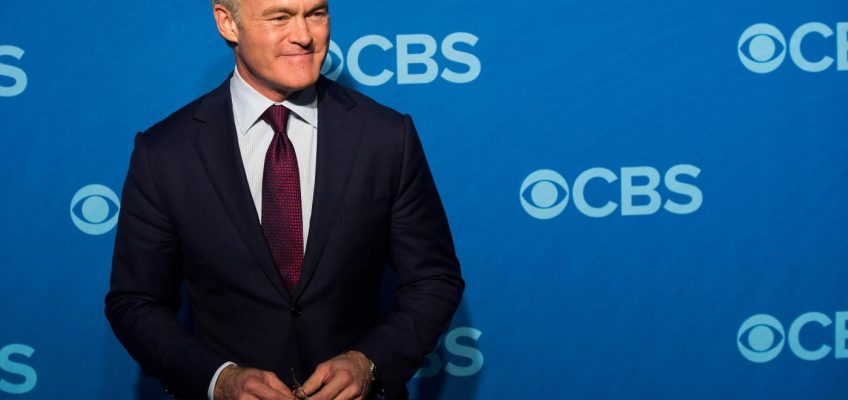If I try to describe Pearl Cleage’s 2010 play, “The Nacirema Society,” to you, there’s a good chance that you’re going to go in expecting something quite different from what you’ll get.
For example, if I tell you that it takes place in 1964 Montgomery, Ala., while civil rights activists are being murdered in neighboring Mississippi and the city is months away from “Bloody Sunday,” when police beat up marchers outside Selma, you may expect a historical drama about the struggle for equality.
But no: It’s a comedy about Black aristocrats preparing for their annual debutantes’ ball and the 100th anniversary of their fraternal organization for the elite families of southern Black culture. So you might think it a satire about oblivious people too wrapped up in themselves to have any interest in changing history.
And that’s not really right, either. Oh, there’s a touch of that here and there, but what Cleage has created is actually a combination of screwball romantic comedy and a vintage farce full of mistakes, misunderstandings and the best laid plans going raucously awry.
Dedra D. Woods (Marie Dunbar), Joy Dolo (Janet Logan), Nubia Monks (Gracie Dunbar), Greta Oglesby (Grace Dubose Dunbar) and Regina Marie Williams (Catherine Adams Green) in “The Nacirema Society Requests the Honor of Your Presence at a Celebration of Their First One Hundred Years.” (Dan Norman / Guthrie Theater)
In the Guthrie Theater’s production, you’ll find an expertly executed comedy, driven by nine splendidly sculpted performances and the kind of taut direction this type of controlled chaos needs, courtesy of Valerie Curtis-Newton. Played out on an elegant, multi-tiered Takeshi Kata set on the Guthrie’s thrust stage, it’s a tremendously enjoyable show that might go on a little longer than ideal, but offers a welcome balm of laughter amid troubling times.
Something of a takeoff on a similar southern society called the Emanon Society, the Nacirema Society is all about establishing a standard of excellence, even if it’s more about keeping up appearances and maintaining a social pecking order than actually helping anyone accomplish anything.
As for Dr. Martin Luther King Jr. and those fighting segregation, they’re viewed with a wary eye by these elites, who haven’t quite grasped that you can’t say you participated in the mid-’50s Montgomery bus boycotts if you’ve never set foot on a city bus in your life.
Greta Oglesby (Grace Dubose Dunbar), Nubia Monks (Gracie Dunbar) and Dedra D. Woods (Marie Dunbar) in the Guthrie Theater’s production of “The Nacirema Society Requests the Honor of Your Presence at a Celebration of Their First One Hundred Years.” The show runs through May 25 at the Minneapolis theater. (Dan Norman / Guthrie Theater)
As preparations for the annual cotillion are underway, several subplots intertwine to throw things into comical disarray. There’s a blackmail plot involving the society’s founder, secrets ending up in the wrong ears, scandalizing letters in the wrong hands, a New York Times reporter showing up, and the cotillion’s king and queen considering chucking all this confining tradition to pursue other dreams. And yes, there’s a love story, too.
Related Articles
Theater review: ‘Mean Girls’ at Ordway is a satire that lacks spark and clarity
Review: History Theatre’s ‘Secret Warriors’ a gripping take on a seldom-told story
Theater review: Guthrie’s ‘Mousetrap’ is enjoyably faithful to Agatha Christie
Theater review: Tour finds the truth in ‘Dear Evan Hansen’ at St. Paul’s Ordway
Theater review: ‘Life of Pi’ is captivating theatrical magic
Although she’s sometimes too quiet for the Guthrie’s expansive space, Greta Oglesby nevertheless commands the stage as the society’s imperious doyenne, Grace Dunbar. Meanwhile, Nubia Monks is magnetic and marvelous as her high-energy, Supremes-loving teenage granddaughter, Gracie.
And what a hoot to have Regina Marie Williams show off her too-seldom-seen comic chops as the sherry-swilling bundle of anxiety entrusted with defusing a potential scandal. They’re complemented well by eminently believable portrayals from Aimee K. Bryant, Dedra D. Woods and Darrick Mosley.
Throughout, Cleage’s script is full of wit, careening from one pithy bon mot and snappy rejoinder to another. And this cast delivers it all with crackerjack comic timing and vivid characterizations, making this an unexpectedly inspired comedy.
Rob Hubbard can be reached at wordhub@yahoo.com.
‘The Nacirema Society’
When: Through May 25
Where: Guthrie Theater, 818 Second St. S., Mpls.
Tickets: $92-$17.50, available at 612-377-2224 or guthrietheater.org
Capsule: Into a serious setting steps a silly and very enjoyable romantic comedy.




